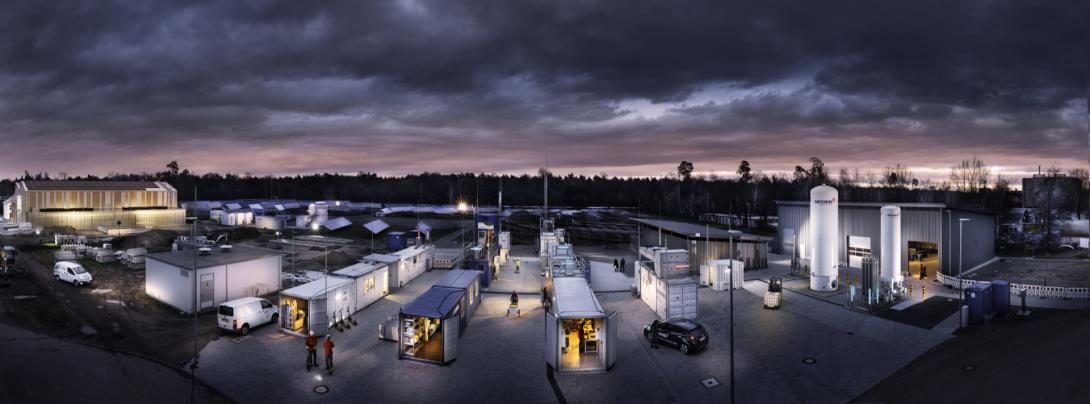Energy Lab 2.0
Towards the intelligent interaction of energy generation, storage and supply options.
Excellence area
Energy Systems in Transition
Sustainable Chemistry and Environment Protection
Field
Energy / Power Conversion
Energy Generation
Energy Storage
Energy Grids Simulation
Smart Energy Systems
Academic institution
Karlsruhe Institute of Technology
Karlsruhe Institute of Technology
Karlsruhe Institute of Technology
Share your knowledge
Showcase your excellence!
Please contact us and submit your project.
Get involvedAbout the project
To make energy supply more sustainable for the environment and climate in Germany, the target is to increase the share of renewables to 80% by 2025. However, wind or solar energy cannot be generated consistently everywhere. Energy is often needed far away from where it is generated, and peak loads can be expected at certain times. Affordable and environmentally compatible energy should no longer remain a utopia; therefore, it is crucial to solve this dilemma.
The Energy Lab 2.0, Europe's largest research infrastructure for renewable energy, is committed to finding answers to all these questions. Its research focuses on the smart interlinkage of environmentally friendly energy generation and storage methods. In addition, real consumer data is used to test and simulate energy systems of the future.
A plant network links electrical, thermal and chemical energy flows as well as new information and communication technologies. The research aims at improving the transport, distribution, storage and use of electricity and thus laying the groundwork for the energy transition.
The Energy Lab 2.0 is a cooperative project of the Karlsruhe Institute of Technology (KIT), the Helmholtz Center Forschungszentrum Jülich (FZJ) and the German Aerospace Center (DLR).
The Energy Lab 2.0, Europe's largest research infrastructure for renewable energy, is committed to finding answers to all these questions. Its research focuses on the smart interlinkage of environmentally friendly energy generation and storage methods. In addition, real consumer data is used to test and simulate energy systems of the future.
A plant network links electrical, thermal and chemical energy flows as well as new information and communication technologies. The research aims at improving the transport, distribution, storage and use of electricity and thus laying the groundwork for the energy transition.
The Energy Lab 2.0 is a cooperative project of the Karlsruhe Institute of Technology (KIT), the Helmholtz Center Forschungszentrum Jülich (FZJ) and the German Aerospace Center (DLR).

Copyright pictures:: KIT, Markus Breig /Amadeus Bramsiepe
Copyright pictures:: KIT
Uniqueness
Energy Lab 2.0 is a real-life laboratory and simulation platform, enabling KIT and its partners to investigate the interplay of components in the smart, connected energy system of the future. This will allow for the development of new grid architectures, the integration of widely varying storage technologies, new grid hardware and strategies for monitoring and control, as well as the interlinkage of electricity, heat and chemical energy carriers; all of which contribute to ensuring the success of the energy transition.
Change potential
Most of the energy produced in Germany and in a large part of Europe will be generated from renewable sources and can be stored efficiently. Smart energy systems will make this energy available at all time, in sufficient amount and at reasonable costs, no matter when and where the sun shines and the wind blows.
Innovators
Contact
Register to view contact information and be able to reach out!
